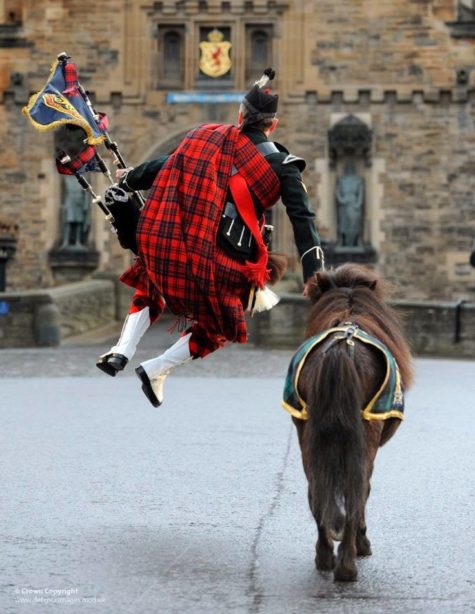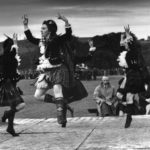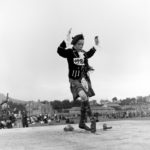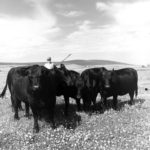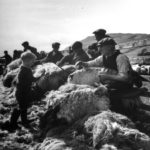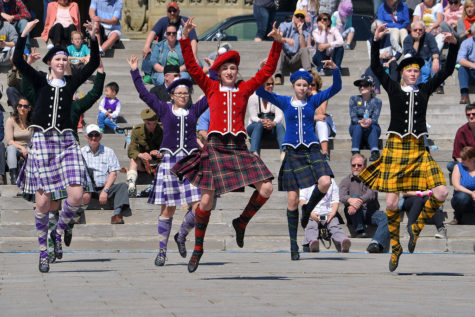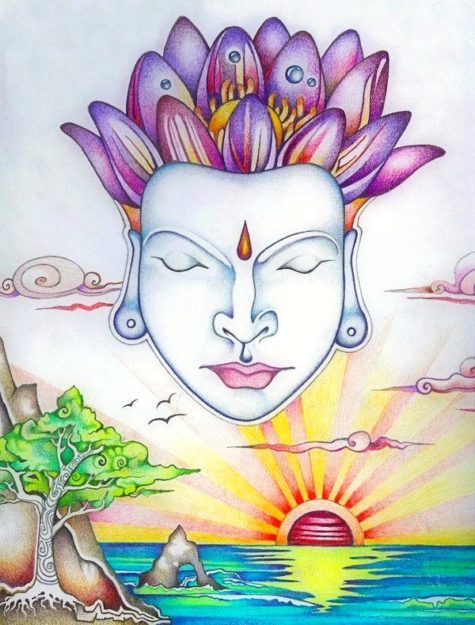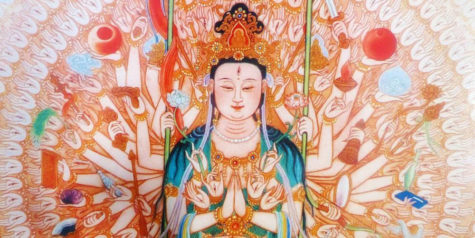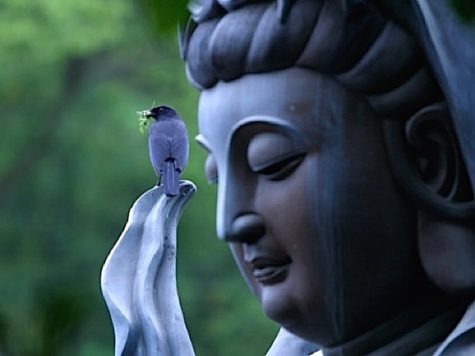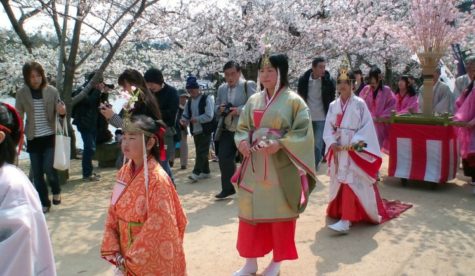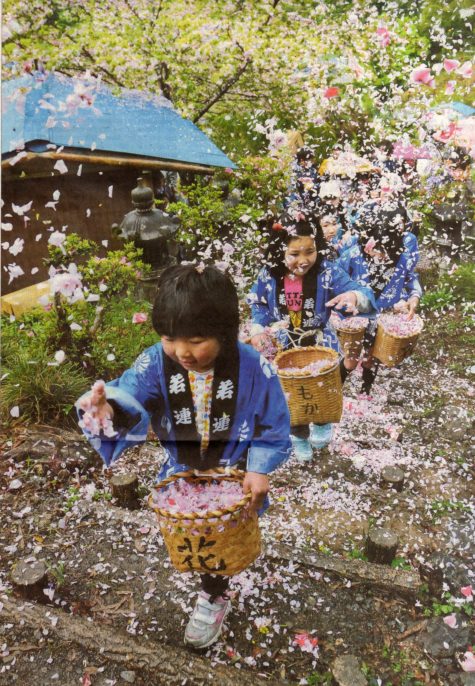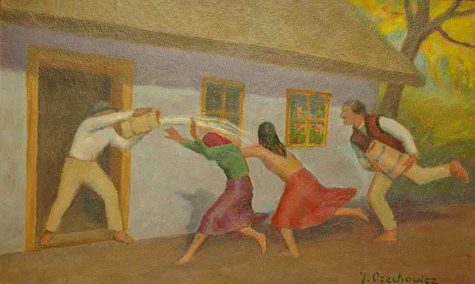Daily Archives: April 2, 2018
April 6 is National Tartan Day. National Tartan Day honors all the Scottish heritage that flows through this nation. From its earliest beginnings, Americans with Scottish ancestry endeavored for that freedom as much as any American. It was in their blood.
It was 400 years before they had declared –
“For we fight not for glory, nor riches, nor honours, but for freedom alone which no good man give sup except for his life.” – from the Declaration of Arbroath
It might be surprising to know that of the 13 governors in the newly established United States; nine were Scots. There are 56 signatures on the Declaration of Independence. Some scholars suggest nearly a third of those signers were of Scottish descent.
Not only can we point to the country’s founding fathers, but of the 43 Presidents who have taken office, 33 have been of Scottish descent.
Those with Tartan blood were and are independent and resourceful. They are prolific inventors and writers. They are talented musicians and artist, experienced leaders and scholars. In the United States today, over 11 million Americans claim Scottish or Scotch-Irish roots. That makes them the 8th largest ethnic group in the United States.
What is a Tartan?
A tartan, is a cloth bearing a pattern of overlayed checks in several bright colors. A plaid, contrary to popular usage, “is actually a blanketlike piece of tartan worn over the shoulder.”
Tartan is Scotland’s famous patterned woven textile. It’s the most recognizable pattern associated with Scotland. Tartan consists of “interwoven vertical and horizontal lines, known as a sett,” according to Scotland’s National Tourism Organisation. The pattern is seen on shirts, kilts and other clothing.
How To Observe Tartan Day:
- Check local civic websites for parades, ceremonies and events.
- Wear your tartan
- Use #NationalTartanDay to post on social media.
- Create a tartan that is unique to your ‘family clan’.
- Attend a Tartan Day parade. One of the largest Tartan Day parades is held in New York City.
- Learn Highland dancing which originated in the Scottish Highlands.
- Eat traditional Scottish foods including Haggis, Scottish porridge, Scotch broth and shortbread cookies.
- Play golf. Golf originated in Scotland during the 15th century
So you want to wear a traditional kilt on National Tartan day and you aren’t sure how to get it on properly? Here’s a video showing how to correctly fold and wear the Scottish plaid, a step by step guide to becoming a real highlander!
National Tartan Day Facts & Quotes
- Rachel Walker holds the Guinness World Record for wearing the most Tartans within 60 seconds. Walker managed to put on 4 kilts within 60 seconds.
- According Martin Martin, author of A Description of the Western Islands of Scotland, a tartan served to distinguish residents of different regions. Eventually, the tartan was used as a symbol of belonging to a specific clan.
- The major languages spoken in Scotland are English, Scottish Gaelic and Scots.
Photos for National Tartan Day:
Hans Wild’s photos from the 1940’s capture the intricate detail of Scottish culture down to the shearing of a wooly sheep and the fingering on a traditional bagpipe melody. Pride, in both national heritage and familial lineage, courses through the images. It was, after all, a matter of serious — and legal — business, as the magazine laid out clearly: “A person who wears the crest of a clan of which he is not a member may be fined £8 6s 8d.”
- Competitors for the world championship, dancing the Reel of Tulloch in strathspey and reel contest.
- The Edinburgh Castle sitting high on a rock above St. Cuthbert’s Church (L).
- Eilean Donan Castle guards Loch Duich in the western Highlands near Dornie.
- A lovely 14th century bridge still used for pedestrians.
- Lord Lyon King of Arms, Thomas Innes of Learney, is supreme judge of all Scottish genealogies.
- In full dress a piper of the famed Black Watch regiment pipes a pibroch at Perth Barracks.
- Outtake from essay on Scotland, 1947.
- Outtake from essay on Scotland, 1947.
- Outtake from essay on Scotland, 1947.
- Outtake from essay on Scotland, 1947.
- Outtake from essay on Scotland, 1947.
- Outtake from essay on Scotland, 1947.
- Outtake from essay on Scotland, 1947.
- A four year old boy branding the newly sheared sheep with tar.
- A champion steer standing in a pasture.
- A newly released prisoner of war, bringing carcasses (shot the night before) up to shore.
- A statue of the fifth Duke of Buccleuch, standing in front of St. Giles church.
- Outtake from essay on Scotland, 1947.
- Glamis Castle, first built in the 11th century, where Macbeth supposedly murdered Duncan.
- The small glen leading into the hills.
- A man trying to toss the Scotch fir log over in a straight line in the direction the man’s run.
- Outtake from essay on Scotland, 1947
- A man throwing an eight pound weight.
- Outtake from essay on Scotland, 1947
And just for good measure, here’s one last pic:
Sources:
Quan Yin’s Birthday is commonly celebrated on the 19th day of the 2nd lunar month. In 2018 this falls on April 4, but in 2021 it lands on March 26, so you can see the dates vary widely from year to year. The birthday of the Goddess of Mercy is a celebration of the Bodhisattva (“Buddha-to-be”) of infinite compassion and mercy.
Alternate spellings include:
- Kwan Yin
- Kuanyin
- Kuan Yin
- Guanyin
One of the deities most frequently seen on altars in China’s temples is Quan Yin. Quan Yin, the Buddhist Heart of Mercy and Queen of Compassion, is no forgotten deity but among the most popular on Earth today. The most beloved of Buddhist deities, he or she is accepted not only by Buddhists but also by Japanese, Chinese, and Koreans.
On her birthday, young men and women come together and burn joss sticks and worship the goddess either in temple halls or court areas. Some devotees also offer oil for the lamp of Guan Yin. This is an offering meant for peace and health.
Common dishes served on this day include porridge, fried koey teow and noodles, which stays true to authentic Chinese cuisine. All dishes served at the festivities are typically vegetarian as well.
Quan Yin is the Bodhisattva of Compassion. In Sanskrit, her name is Padma-pâni, or “Born of the Lotus.” Quan Yin, alone among Buddhist gods, is loved rather than feared, and is the model of Chinese beauty.
She is a tireless, ever-vigilant protective guardian. Although her appearance is milder than that of a warrior spirit, she is no less powerful. Kwan Yin achieved nirvana but refused to leave Earth as long as any person still suffers. Kwan Yin vows that if you call her name in times of anguish, she will come and assist you.
There are three different dates celebrated as her birthdays; when she was born, when she achieved enlightenment and when she became a nun.
Guan Yin is known as Bodhisattva of the infinite concern in East Asian Buddhism. It is believed that Guan Yin can take different forms to help others. Therefore, she can be represented by either having a female or male body.
Goddess of Mercy was first described in the Lotus Sutra in the 5th century by Gautama Buddha. She was originally born a xian (holy spirit) reincarnated as a Human to help mankind.
It was told that she had the power to assume whatever form, whenever necessary to alleviate suffering, and to convey sympathy and compassion. She became a saint after her death, and was given the name of Guan Yin by her worshipers. It is said that anyone praying to the Goddess of Mercy would be cured of all illnesses.
This deity has been depicted as both masculine and feminine and sometimes as transcending sexual identity (with soft body contours but also a moustache).
The Lotus Sutra, or scripture, says Avalokitesvara (the deity’s Sanskrit name, meaning “the lord who looks in every direction”) is able to assume whatever form is needed to relieve suffering. He/she exemplifies the compassion of the enlightened and is known in Tibet as Spyan-ras gzigs, “with a pitying look.”
Kuan Yin, the Chinese name, means “regarder of sounds,” or “of the voices of the suffering.” The Japanese word for the deity is pronounced “Kannon.”
Women especially celebrate Kuan Yin. In Malaysia, hundreds of devotees bearing joss sticks, fresh fruit, flowers, and sweet cakes gather twice a year at temples dedicated to Kuan Yin in Kuala Lumpur and Penang to pray for her benevolence. (She is feminine there and in China, Korea, and Japan.)
At the old temple at Jalan Pitt, Penang, puppet shows are staged in celebration of her. In Hong Kong, Kuan Yin is honored on the 19th day of the sixth lunar month at Pak Sha Wan in Hebe Haven.
Information collected from various sources.
Hana-Matsuri refers to the memorial service performed at temples throughout Japan to celebrate the birth of Buddha on April 8th. It is formally called Kanbutsue. On this day, small buildings decorated with flowers are made at temples and a tanjobustu (baby Buddha figurine) is placed inside. This figurine is sprinkled by worshipers using a ladle with ama-cha, which is a beverage made by soaking tea leaves in hot water Some people take this ama-cha home and drink it as holy water.
Shakyamuni Buddha was born approximately 2,500 years ago under the Bodhi tree in the garden of Lumbini (Nepal) to the Sakya King Suddhodhana and his queen, Maya. When the child was born, flowers bloomed, birds sang and sweet rain fell from the heavens above.
The infant Buddha took seven steps in the four directions and with one hand raised to the sky and the other pointing downwards proclaimed,
“Whether above the sky or below the sky, I am most noble and high. I am here to bring peace to all the sentient beings in the world who are suffering.”
The event is commemorated in Buddhist temples across Japan as the birth anniversary of the Shakyamuni Buddha. The day is celebrated with parades featuring images of the baby Buddha, the white elephant seen by his mother in her dream just before his birth and cherry blossoms carried by children dressed in traditional Japanese clothes.
Coincidentally, the sakura (cherry) trees bloom at this very time, and so are given as offerings to adorn the nativity celebrations and ‘amacha’, sweet tea symbolic of the heavenly rain is poured over the baby Buddha by children.
Source: Journey Mart
The spirit of Poland’s Dyngus is captured in this description from the Poznan region during 1800s:
Poland’s Dyngus, or Smigus, Day is said to hark back to the baptism of the founder of Polish Christianity, Prince Mieszko I (c. 935 – 992), and his entire court, on Easter Monday, 966. Dyngus is an ancient celebration which is still observed both in country villages and the big cities, with singing, pranks, visiting friends’ houses, and the custom of dousing.
The custom of pouring water is an ancient spring rite of cleansing, purification, and fertility – at this time of year there are drenching customs enacted in Sri Lanka and Thailand during their respective New Year celebrations. In a Spring custom of pagan (pre-Christian Slavic) times, the Poles ‘confronted’ (dingen) Nature with their pouring of water and switching with pussy willows to purify themselves for the year ahead. The alternative name for the day comes from smiganie, meaning ‘switching’.
(Boys, don’t do this at home.) On Easter Monday, at around 5 am, the men creep through a neighbour’s window or chimney, often with the collusion of the male family head, into the rooms where the sleeping womenfolk are abruptly awakened by being doused with water. The girls, naturally enough, reciprocate in kind. In cities, where people are refined and perhaps girls more aware, this custom tends to be practised by the use of a sprinkle of water or cologne.
In the first recorded Polish writing on Dyngus Day; a medieval Polish historian wrote of what he termed the Oblewania.
Barely had the day dawned on Easter Monday when I woke the boys and gathered some water to start throwing it on the girls. Up with the Piwezyny! (eiderdown)! There was screaming, shouting, and confusion. The girls are shrieking and hollering, but in their hearts they are glad because they know that she who isn’t gotten wet will not be married that year. And the more they are annoyed, the more we dump water on them calling, Dyngus – Smigus! Then we had to change our clothes because there wasn’t a dry thread on the girls and we boys were not better off.
Source Unknown
Earth Day is a name used for two similar global observances. While some people celebrate Earth Day around the time of the Vernal Equinox, others observe the occasion on April 22 each year.
Earth Day aims to inspire awareness of and appreciation for earth’s environment. Typical ways of observing Earth Day include planting trees, picking up roadside trash, conducting various programs for recycling and conservation, using recyclable containers for snacks and lunches. Some people are encouraged to sign petitions to governments, calling for stronger or immediate action to stop global warming and to reverse environmental destruction. Television stations frequently air programs dealing with environmental issues.
Symbols used by people to describe Earth Day include: an image or drawing of planet earth; a tree, a flower or leaves depicting growth; or the recycling symbol. Colors used for Earth Day include natural colors such as green, brown or blue.
Note:
This observance arose from an interest in gathering national support for environmental issues. In 1970, San Francisco activist John McConnell and Wisconsin Senator Gaylord Nelson separately asked Americans to join in a grassroots demonstration. McConnell chose the spring equinox (March 21, 1970) and Nelson chose April 22. Millions of people participated, and today Earth Day continues to be widely celebrated with events on both dates.

